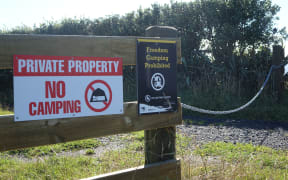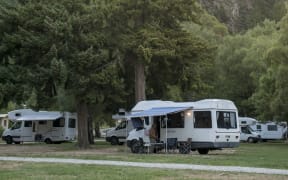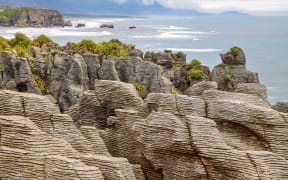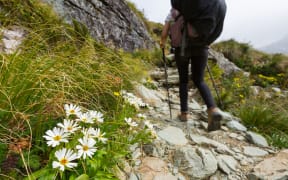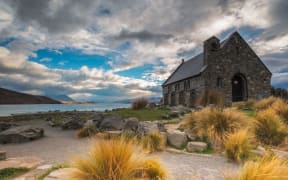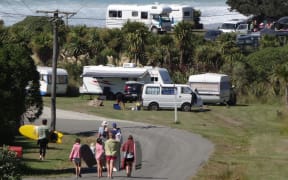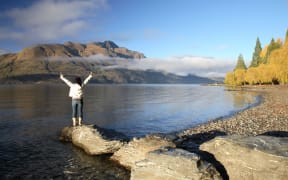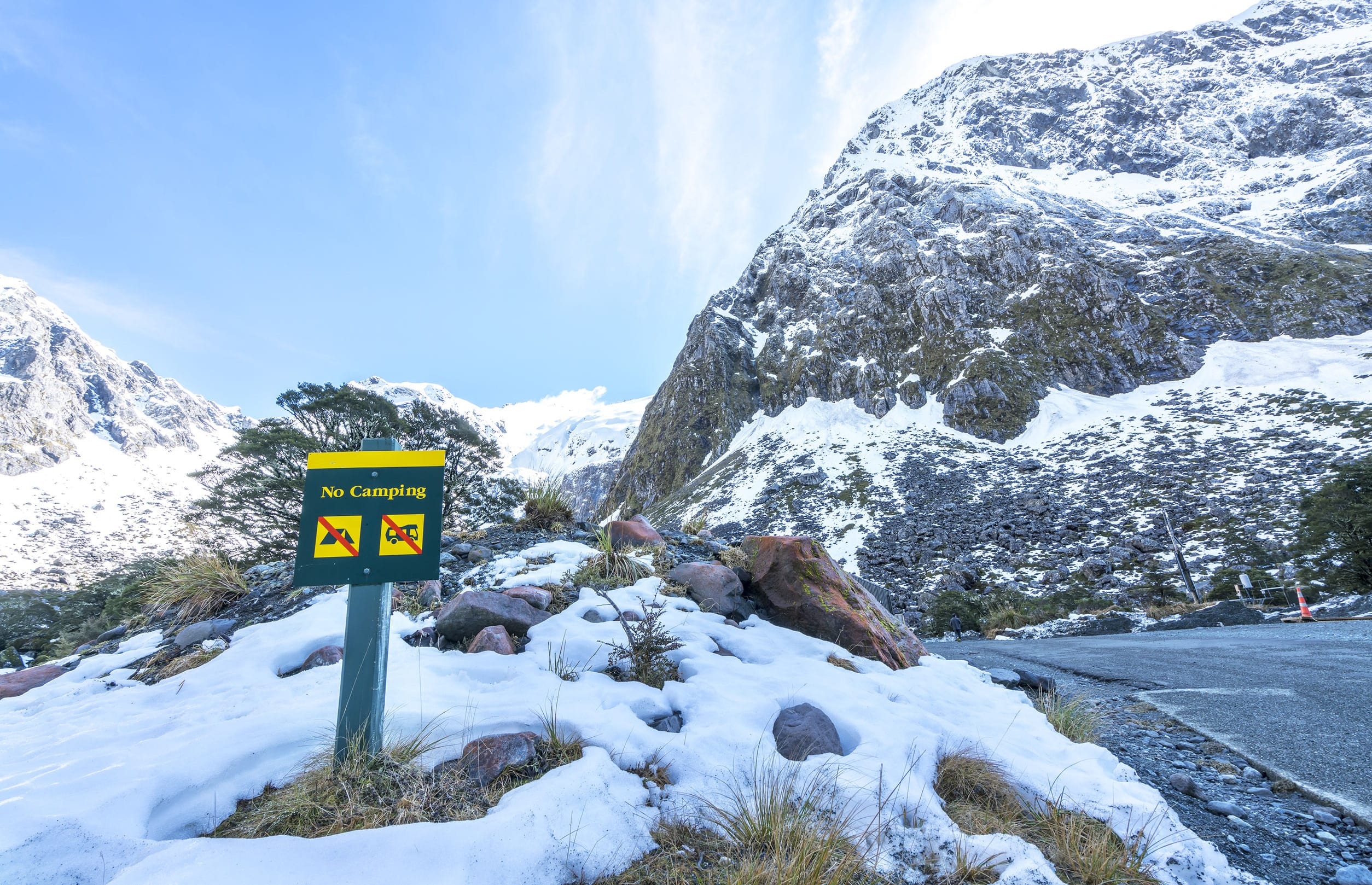
Farmers think allocating $12 million for tourism infrastructure was like putting a "damp tea towel on a bonfire", a Federated Farmers spokeswoman says. Photo: 123RF
Federated Farmers is fed up with local government, saying it is not doing enough to control freedom camping.
The group's local government spokeswoman, Katie Milne, said people went onto private farmland and left rubbish and faeces, disrupted stock work and left gates open.
Mrs Milne said farmers had little hope in the new $12m regional tourism fund. They thought it was as effective as a "damp tea towel on a bonfire".
Quicker action was needed from the government to sort funding for toilets and rubbish collection, she said.
"This issue is going to grow so fast with blogging and Instagram sites for people showing all the marvellous sites that people can stay... the infrastructure needs to be there to cope with it."
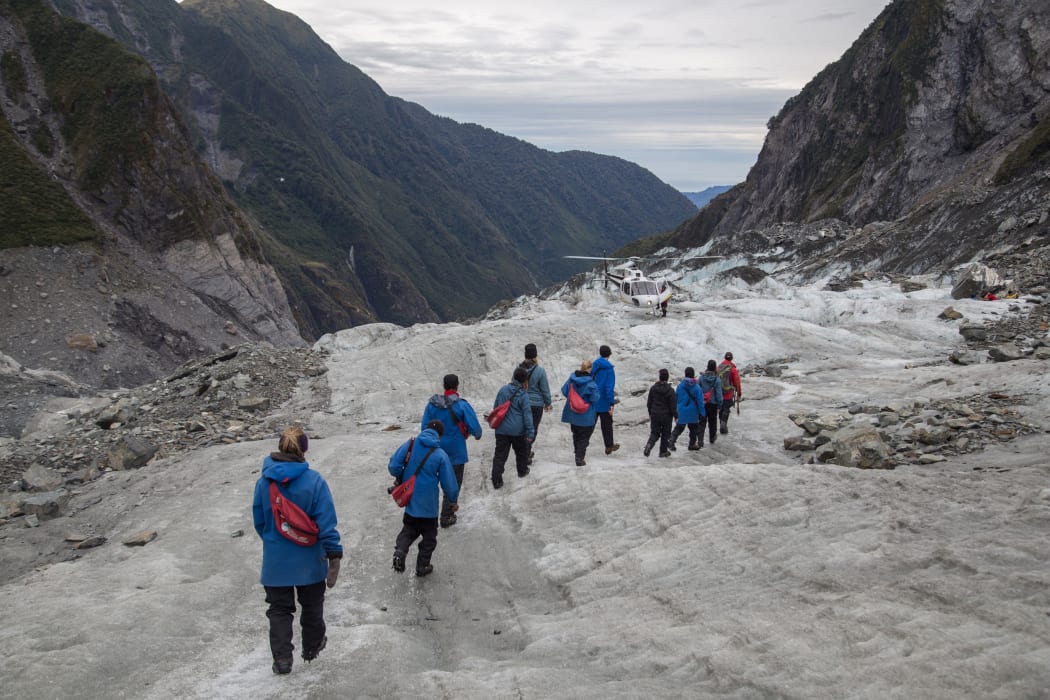
Instagram and blogs attract tourists to New Zealand sights, including Franz Josef Glacier. Photo: 123RF
Mrs Milne said farmers had numerous problems with freedom campers.
"You don't often find them (the campers) until around dark or after dark, so farmers are dubious about approaching them and saying, 'hey look you're actually not allowed to be here and this is the reason why you shouldn't be here right now'."
"They might have a truck coming in that track in the morning to pick up stock - let alone the faeces and rubbish that is left lying around."
Biosecurity was a risk, Mrs Milne said.
"If someone gets off a plane from a country where they have C.bovis, for instance, and defecate where an animal can eat it, they [the animal] could pick up the little cysts.
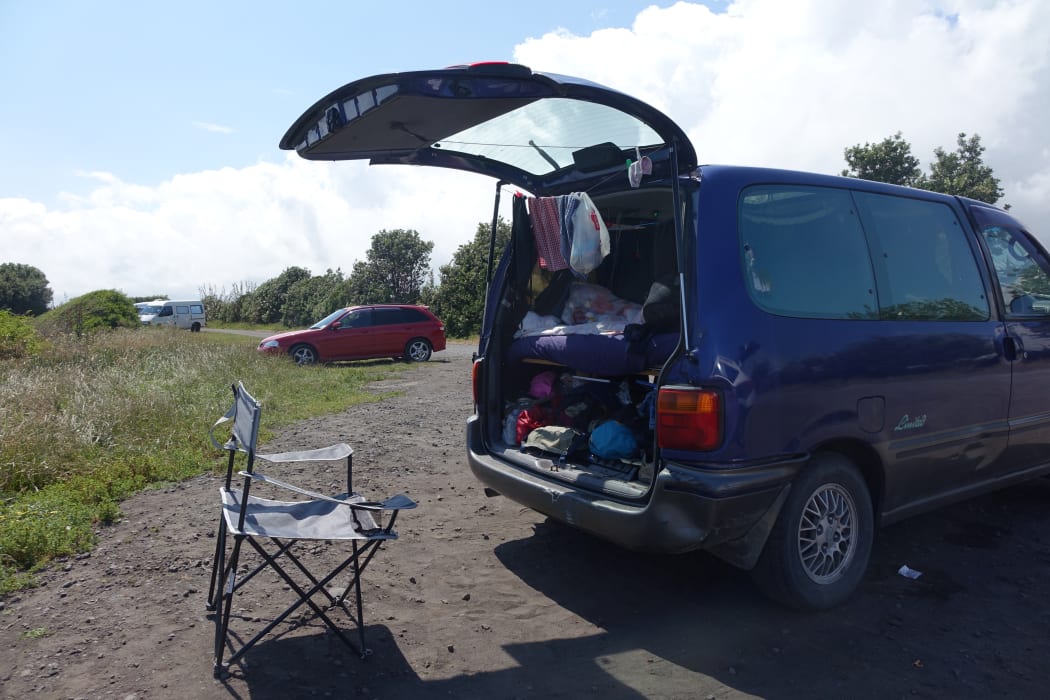
Freedom campers often attract bad publicity. Photo: RNZ / Robin Martin
"It's a pretty awful thing to have in high numbers into our country, which is a potential, because it is a factor in downgrading meat ... that goes into production."
Mrs Milne said the government was doing little to fund the needs of small communities who needed help to cope with the rising numbers of tourists.
Local Government admits need for action
Local Government NZ president Lawrence Yule said a decision on funding mechanisms and sources beyond property rates was urgent.
He said Federated Farmers was right to note the government earned a significant amount of GST from tourism. A small share of GST could be allocated into a fund for local tourism infrastructure.
"Many tourist destinations have a small ratepayer base and the ability to pay for necessary facilities including car parks and toilets is limited," he said.
"We have been calling for greater tourism funding from central government for some time now - it is just not feasible for communities to pay for the costs associated with the tourism boom."
A report, commissioned by the chief executives of Air New Zealand, Auckland Airport, Christchurch Airport and Tourism Holdings Limited and released in December, highlighted the tourism infrastructure gap faced by councils across New Zealand and possible implications for the industry.
The report noted rapid industry growth had caused a local tourism infrastructure deficit in some communities, valued at $100 million for 20 councils with above-average growth.
LGNZ said it welcomed the recommendations in the report. It was in the process of identifying priority infrastructure needs around New Zealand.

